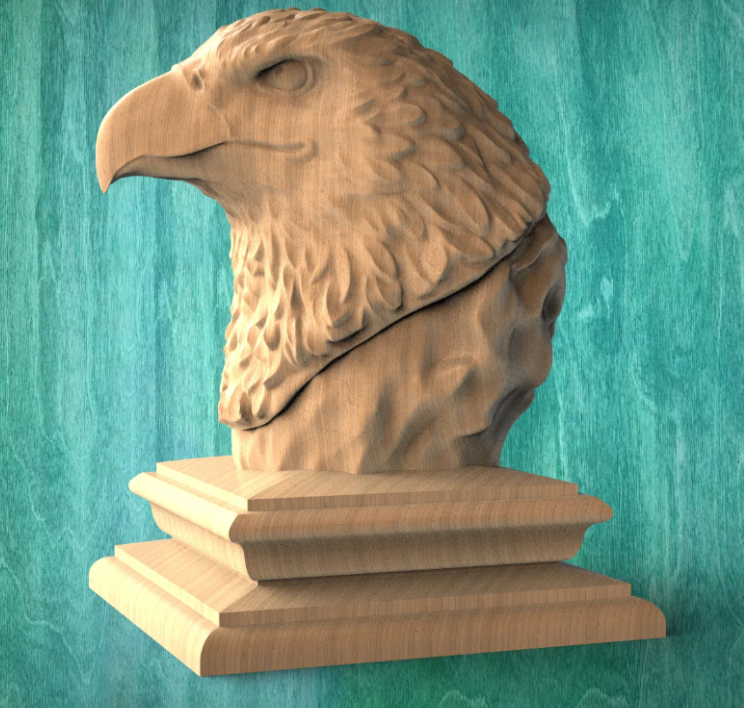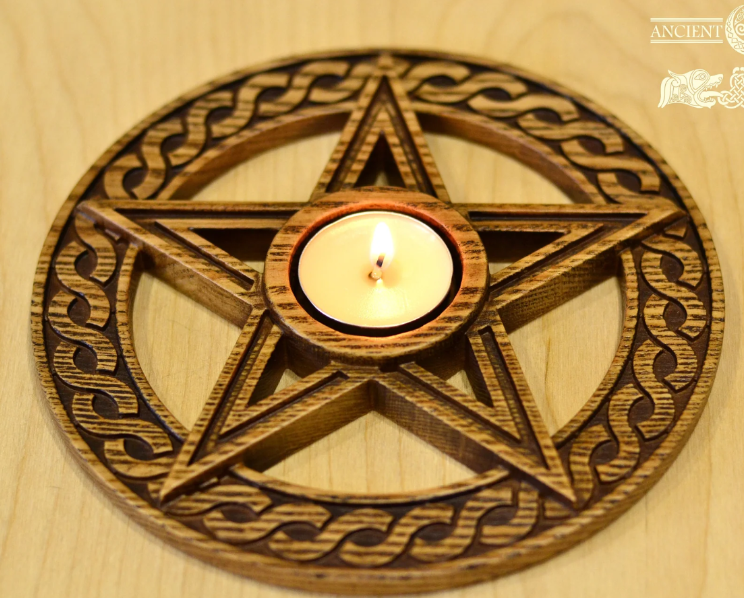Welcome to our comprehensive guide on wood carving, a craft that combines artistic expression with the timeless beauty of wood. Whether you’re a beginner eager to start your carving journey or an experienced carver looking for new insights, this guide is designed to provide you with valuable information, practical advice, and inspiration. Explore the best woods for carving, essential tools, and techniques to enhance your skills. And remember, for top-quality carving supplies, visit MasterOak at https://masteroakco.com/collections/all.
Beginner’s Guide to Carving: Essential Tips and Techniques
Wood carving is both an art and a skill that can be rewarding and enjoyable. For beginners, it’s important to start with the basics. Understand the different carving methods such as whittling, chip carving, and relief carving. Each method requires different tools and techniques. Familiarize yourself with the safety procedures to ensure a pleasant carving experience. Start with simple projects to build your confidence and gradually move to more complex designs.
Choosing the Right Tools
Before diving into carving, selecting the right tools is crucial. You’ll need a variety of knives, chisels, and gouges. Each tool serves a specific purpose in shaping and detailing your work. Look for high-quality, durable tools that fit comfortably in your hand. MasterOak offers a range of wood carving knives that are perfect for both beginners and experienced carvers.
Top Wood Types for Carving: Understanding Your Material
The type of wood you choose significantly impacts the outcome of your carving project. Softwoods like Pine and Cedar are great for beginners due to their ease of carving. Basswood is another popular choice, known for its fine grain and minimal resistance to cutting tools. For more advanced carvers, hardwoods like Oak and Walnut offer a beautiful finish but require more effort and sharper tools.
Characteristics of Different Woods
| Wood Type | Hardness | Grain | Best for |
| Pine | Soft | Coarse | Beginners |
| Cedar | Soft | Fine | Small Projects |
| Basswood | Soft | Very Fine | Detailed Work |
| Oak | Hard | Pronounced | Durable Carvings |
| Walnut | Hard | Fine | High-end Projects |
Understanding the characteristics of each wood type helps in selecting the right one for your project. Take into account the hardness, grain, and natural color of the wood.
Wood Carving Knives Shopping Guide: Selecting the Best Tools
When shopping for wood carving knives, consider the type of carving you plan to do. For intricate designs, a knife with a thin, pointed blade is ideal. For rough shaping, opt for a knife with a sturdy, curved blade. Look for knives made of high-carbon steel for durability and ease of sharpening. MasterOak offers a range of carving knives that cater to different carving needs.
Handle and Comfort
The handle of the knife plays a vital role in carving. It should fit comfortably in your hand, providing a secure grip and control over the blade. Ergonomically designed handles reduce hand fatigue, allowing for longer carving sessions.

Techniques and Tips for Successful Carving
Mastering wood carving involves learning various techniques and tips. Start with basic cuts like the stop cut, push cut, and pull cut. These foundational techniques form the basis of most carving projects. Practice on scrap wood before working on your main project. Remember, patience and steady hands are key to achieving precise and beautiful carvings.
Experimenting with Different Styles
Explore different carving styles to find what suits your interest and skill level. Relief carving creates a raised image on a flat piece of wood, ideal for decorative plaques or wall art. In-the-round carving involves shaping the wood into a three-dimensional object, great for figurines or ornamental pieces. Chip carving, where small chips are removed to create patterns, is perfect for detailed work like coasters or decorative boxes.

Enhancing Your Carving Skills: Advanced Techniques
As you progress in your carving journey, experiment with more advanced techniques. Learn how to use chisels and gouges effectively for deeper cuts and finer details. Explore the art of under-cutting for more realistic and dynamic relief carvings. Consider taking a class or workshop to refine your skills and learn from experienced carvers.
Joining a Carving Community
Engaging with a community of fellow carvers can be immensely beneficial. Join local carving clubs or online forums to share experiences, get feedback, and learn new tips and tricks. Participating in carving competitions or exhibitions can also be a great way to gain exposure and inspiration.
Preserving Your Carvings: Finishing and Maintenance
Once your carving is complete, proper finishing is essential to protect and enhance its beauty. Apply a finish like oil, wax, or varnish to protect the wood and bring out its natural color and grain. Regular maintenance of your carving tools is also crucial. Keep your knives and chisels sharp and clean for the best carving experience.
The Role of Creativity and Patience
Wood carving is not just about technique; it’s also an expression of creativity. Don’t be afraid to experiment with different designs and ideas. Be patient with yourself as you learn and grow in your carving skills. Each project is a learning experience and an opportunity to express your artistic vision.
Advancing with Carving Projects: Ideas for All Levels
As you grow in your carving skills, challenge yourself with more complex projects. Beginners can start with simple items like spoons, small figurines, or basic reliefs. Intermediate carvers might tackle more detailed figures, intricate relief scenes, or even try their hand at caricature carving. Advanced carvers can aim for large-scale sculptures, detailed portraits, or complex geometric patterns in chip carving.
Project Planning and Design
Every successful carving starts with a good plan. Sketch your design or use templates to guide your work. Consider the size of your wood piece and its grain pattern, as these will influence your design. Planning helps in visualizing the final product and ensures a smoother carving process.
Caring for Your Carving Tools: Maintenance Essentials
Proper care of your tools is vital for quality carving. Regular sharpening ensures your knives and chisels cut effectively and safely. Store your tools in a dry place to prevent rust and damage. Regularly check the handles for any cracks or wear. A well-maintained tool is a pleasure to use and can last a lifetime.
Sharpening Techniques
Learn the right sharpening techniques for your tools. Use a sharpening stone or strop for knives, and consider a honing guide for precise angles on chisels and gouges. Mastering sharpening is as important as the carving itself, as sharp tools provide better control and finer results.
Discovering the World of Wood Carving Art
Wood carving is not just a craft; it’s an art form. Explore the work of renowned carvers to gain inspiration and understanding of what’s possible with wood. Visit galleries, exhibitions, or browse online to see a variety of styles and techniques. This exposure can ignite your creativity and push your carving boundaries.
Incorporating Artistic Elements
Consider integrating artistic elements into your carvings, like texture, pattern, or color. Experiment with staining or painting your carvings to add another dimension to your work. Understand the principles of design and composition to create more visually appealing pieces.
Conclusion: The Journey of Wood Carving
Wood carving is a journey of continuous learning and enjoyment. Whether you carve for relaxation, artistic expression, or the challenge of mastering a skill, it offers immense satisfaction. Remember, the key to successful carving is practice, patience, and passion. Embrace each project as an opportunity to grow and express yourself creatively.










